Saudi Arabia’s culture has developed significantly throughout the centuries, drawing inspiration from Islamic history, Bedouin customs, and the diverse tribes who participated in the ancient trade.
The vibrant culture is reflected in everything from the history and architecture of the nation to the arts and everyday life.
Saudi Arabia is well known for its very conservative, pious, and family-oriented populace. While a small minority adheres to Christianity, Hinduism, and atheism, the majority of people totally embrace Islam.
The country is also known among travellers from throughout the globe for its kind greetings and varied cultural offerings. So, plan your trip and make a Flynas booking to discover this culturally diverse nation.
According to archaeological evidence and the country’s prevailing heritage, the age of its civilization extends over a million years and beyond. It was the site of several ancient kingdoms and states that had a crucial role in shaping the course of human history.
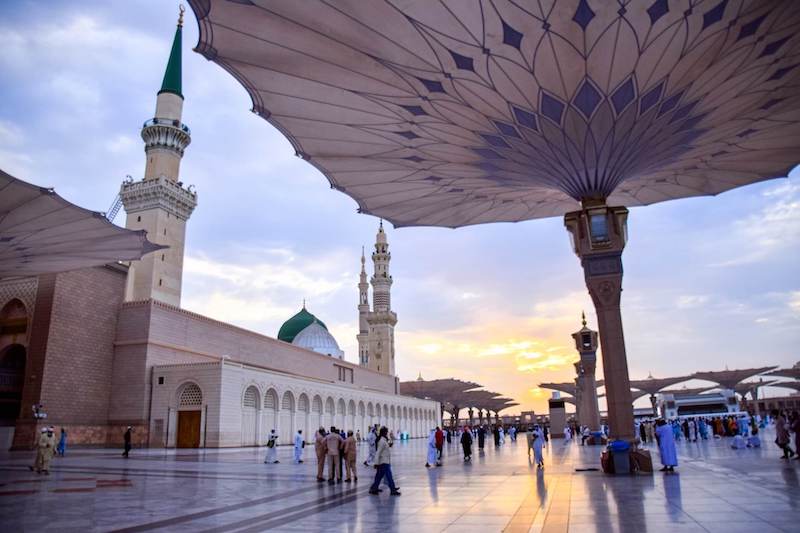
Table of Contents
Influences From The Past
Due to its unique geographic location, Saudi Arabia has always been a crossroads for international trade routes, therefore its culture reflects the contributions of many different civilizations.
Islam and Arabism were born in this land, which also has the two holiest mosques in the world
King Abdulaziz bin Abdulrahman committed to preserving Arab culture and customs in 1932, at the moment of the establishment of Saudi Arabia. His successors have followed in his footsteps and attempted to improve upon his legacy.
The following are examples of significant historical influences that helped shape the culture of the kingdom as it is now:
Historical Trade Routes
A number of Arabian traders participated in a vast network of commerce that reached as far back as 3,000 BC, with connections to Egypt, South Asia and the Mediterranean.
These merchants linked the area to the Mediterranean and Byzantium on the one hand, and India and the rest of Asia on the other. They traded around the world, absorbing the cultures they encountered along the way.
- Don’t miss: 07 Best Beaches in Yanbu, Saudi Arabia
Islam’s Beginnings
The arrival of Islam in the seventh century AD had a profound cultural impact on the nation. More than a century after Islam was first introduced on the Arabian Peninsula, followers of the religion could be located as far as China and India to the east and the Americas to the west.
The unfolding of Islam within the Arabian Peninsula ushered in a golden age of discovery and enlightenment during the disciplines of technological know-how, paintings, and philosophy.
- Read Next: Best Fun Activities in Dubai for Adults
Umrah And The Hajj Pilgrimages
Every year for the last 1400 years, Muslims from all over the globe have flocked to the holy cities of Makkah and Medina, considerably enriching the region’s cultural history in the process. Saudi Arabia’s cultural development has been shaped in part by the influx of pilgrims for the religious rites of the Hajj and Umrah.
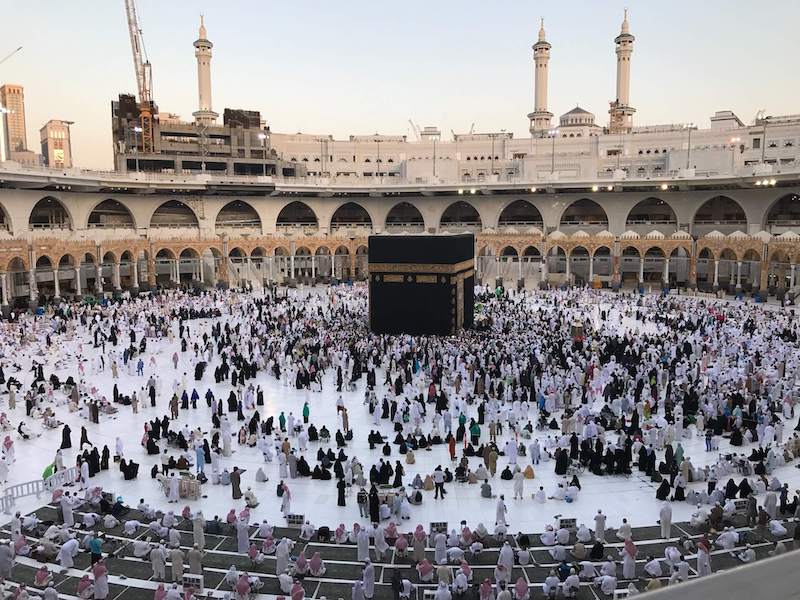
- Don’t miss: How Much Does it Cost to Travel to Dubai?
Saudi Arabian Traditions
Some of Saudi Arabia’s most cherished traditions date back to Islamic tenets and ancient Arab practices. The Saudi population is instilled with these ideals from a young age.
The following are examples of significant Saudi traditions:
Ramadan Month
A distinguished feature of the Saudi Arabian year is the holy month of Ramadan, accompanied by some country-wide festivals.
The majority of inhabitants fast from dawn to sunset in the course of this month.
When Ramadan ends, people celebrate Eid-Al-Fitr with friends and family, shopping for gifts and clothing for each other.
- You may also like: What to Know Before Visiting Doha
Kindness and Generosity
Among the many ancient and highly revered Arab customs that Saudis adhere to are hospitality and kindness.
Even strangers are greeted with smiles and welcoming gestures in Saudi society.
Hospitality
In Saudi Arabia, offering coffee is seen as the most basic form of hospitality. It is often served in little cups with dates and various other sweets on the side.
A further well-respected gesture of hospitality is lighting incense to greet visitors.
- Read next: Best Areas to Stay in Dubai
Historic Buildings
Saudi Arabia’s distinct culture has evolved throughout the years. Geography, climate, and resources shaped construction materials and designs in the past.
Jeddah utilised Red Sea coral, while the west used stone and red bricks. Adobe was favoured in central Saudi Arabia because of its availability, insulation, and malleability.
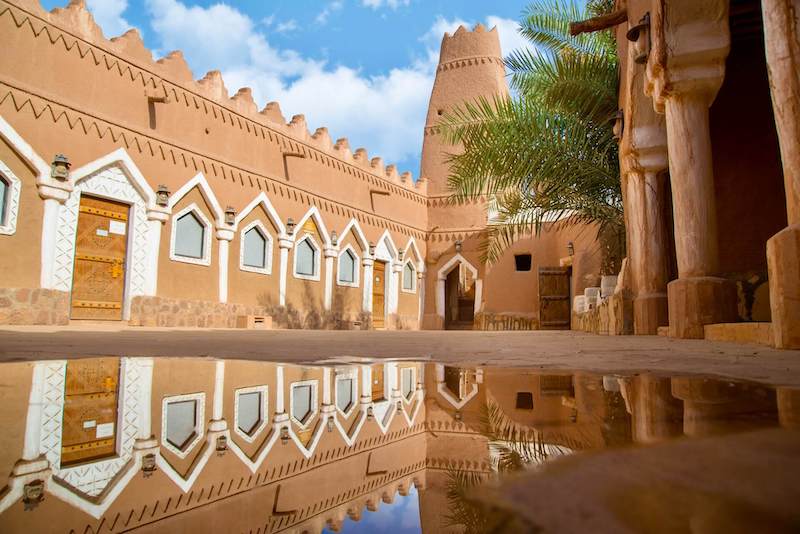
Saudi architects draw influence from Islamic ideas and traditional architectural styles while using contemporary technology, equipment, and resources. This mix of old and modern has connected the country’s history and future.
The King Khalid International Airport and the King Saud University are two of the greatest examples of how contemporary architecture can merge with traditional Islamic style.
The country’s minarets are also among its most prominent landmarks. Minarets signify Allah’s relationship with Muslims and are found in every Saudi city. The mosque’s minarets soar above all other buildings, so everyone in the area can hear the call to prayer.
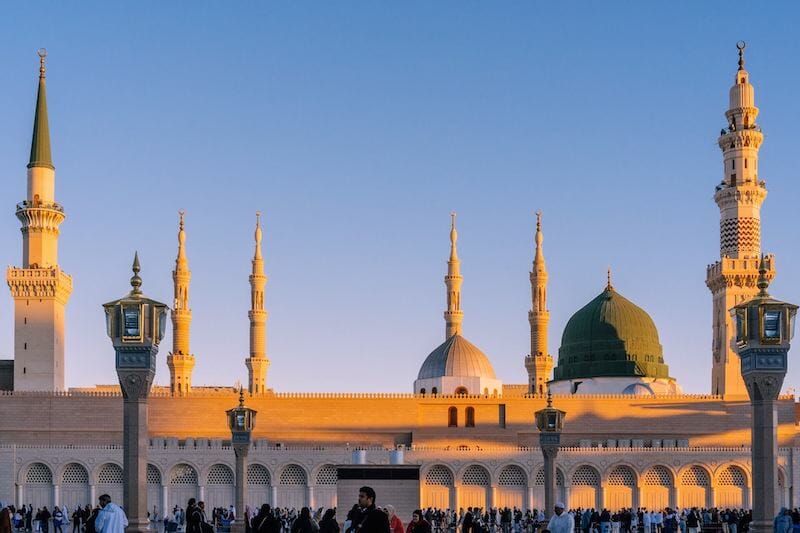
Traditional Saudi Arabian Food
Saudi Arabia is known around the globe for its delicious food. Typically, the recipes include yoghurt, wheat, and meat, enhanced with regional seasonings.
The cuisine of Saudi Arabia is a fusion of tastes from Europe, Africa, and the Arabian Peninsula. Popular meals date back to the time of the Prophet Muhammad, including tharid and hareesa.
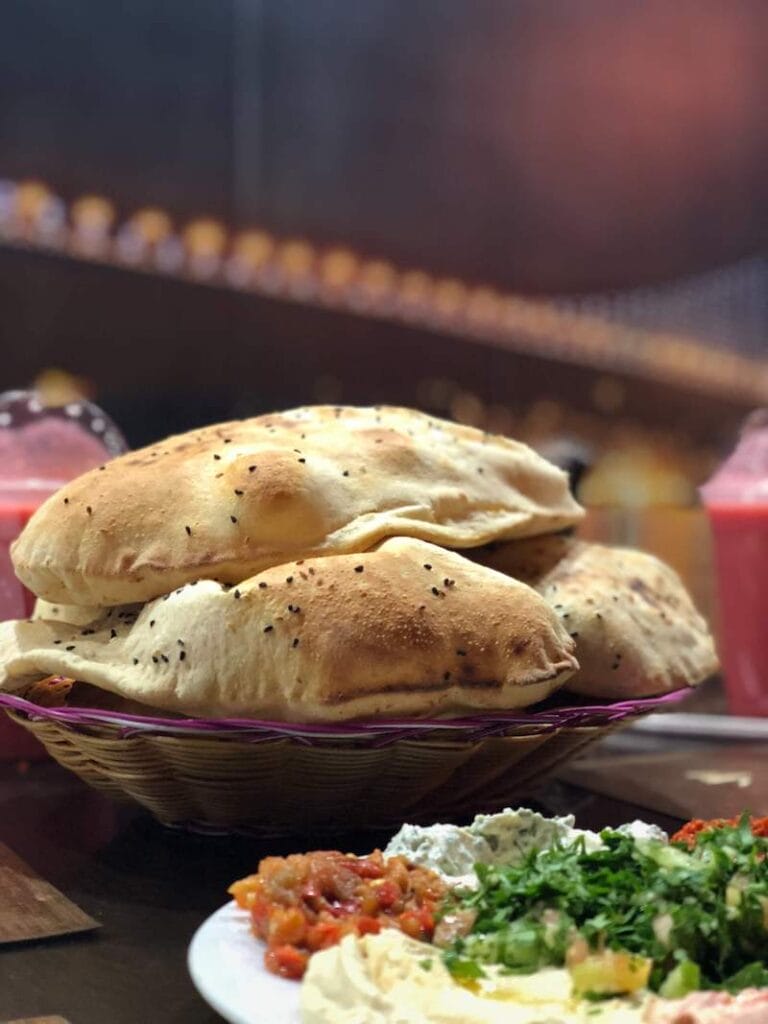
Traditional Music From Saudi Arabia
Music has a major role in the culture of a place. Saudi Arabia’s folk music reflects its rich past and the impact of pilgrims from all over the world as well as the nomadic Bedouins.
The folk music of the nation differs by geographical area. Makkah and Madinah, for example, show how these two holy sites have been impacted by the Islamic world as a whole.
- You may also be interested: Best Things to Do in Doha, Qatar
A Fusion Of Cultures In The Modern Era
The nation has seen a dramatic shift in its culture within the last several decades. The Saudi inhabitants have maintained their century-old traditions, morals, and rituals while making necessary adjustments to fit in with the modern world.
To get a complete experience of Saudi Arabia, visitors must respect the country’s cultural traditions and adhere to its customs.
- Book Your Flight Find deals on airlines on my favorite search engine: Skyscanner. Be sure to read my How to find cheap flights article.
- Rent A Car Rental Cars is a great site for comparing car prices to find the best deal.
- Book Accommodation Booking.com is my favorite hotel search engine. But Hotels.com and Hilton Hotels have very interesting reward programs.
- Protect Your Trip Don’t forget travel insurance! I always use World Nomads for short-term trips and SafetyWing for long-term ones. Find out why Travel Insurance: Much More Than a Precaution, a Necessity.
- Book Tours in Advance Book unforgettable experiences and skip-the-line tickets with GetYourGuide or Viator .
- Book Ground Transportation BookaWay offers a stress-free experience with secure payments and no hidden fees. You pay online and receive your itinerary by email.
- Luggage Solutions Rent your luggage with Cargo or if you need to drop off your own luggage and enjoy your time without dragging it all over a city, find a LuggageHero shop here.
- Get a Travel Card Revolut Card is a pre-paid debit card that enables cash machine withdrawals in 120 countries. I’ve been using my Revolut Card for over a year and never paid foreign-transaction fees again. Get your Revolut Card with free shipping here.
- Packing Guide Check out my How to Pack a Carry-on Luggage For a Five-month Trip to help you start packing for your trip. Don’t forget your camera, chargers and other useful travel accessories. World Nomads provides travel insurance for travelers in over 100 countries. As an affiliate, we receive a fee when you get a quote from World Nomads using this link. We do not represent World Nomads. This is information only and not a recommendation to buy travel insurance.
